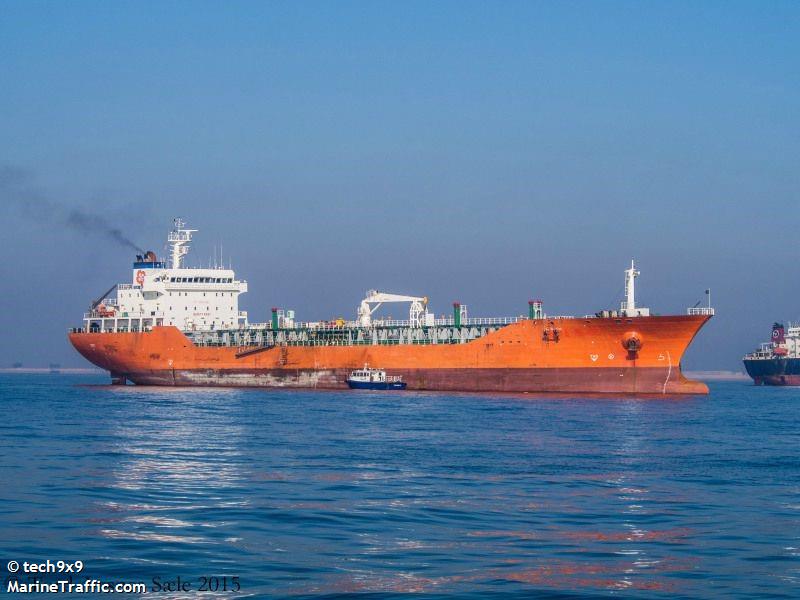Maersk Drilling hooks up rigs to Port Esbjerg shore power

Denmark’s Port of Esbjerg has expanded its shore-to-ship power capacity to accommodate drilling rigs, allowing Maersk Drilling to connect its units to green power and shun fossil-fuel power altogether when docked. The unit is the first of its kind in Denmark where up to three rigs can be connected at the same time, the port said.
The 2016-built jackup Maersk Highlander is currently hooked up to shore-to-ship power at Doggerkaj at the port of Esbjerg. The power plant, which is the port’s joint investment with the offshore driller, has a capacity of 1,300 Amp/1.5 MW and can supply green power to up to three rigs, which require up to 10,000 kWh every 24 hours. The potential reduction of carbon emissions is said to be up to 500 tonnes of CO2 per month per rig, and emissions of SOx and NOx are also reduced.
More and more customers ask for shore-to-ship power
“Maersk Drilling is a first mover in the industry with the ambition to halve its carbon emissions intensity by 2030, and the use of shore-to-ship power contributes to this objective,” said Claus Bachmann, head of the North Sea division at Maersk Drilling.
Many of the other ships at the port have had the option to connect to shore-to-ship power. Last year, the port inaugurated its first units, which allow docked vessels to run on renewable electricity from offshore wind turbines, instead of using onboard diesel generators.
“More and more customers ask for shore-to-ship power, so for us, it’s not just a matter of participating actively in the green transition, on which we’re already heavily focused. It’s also a commercial necessity, which is why we’re in the process of installing more shore-to-ship power plants at the port, so even more of our customers have the opportunity to use green power,” explained Dennis Jul Pedersen, CEO of Port of Esbjerg.

 is currently hooked up to shore-to-ship power at Doggerkaj at the port of Esbjerg. The power plant, which is the port’s joint investment with the offshore driller, has a capacity of 1,300 Amp/1.5 MW and can supply green power to up to three rigs, which require up to 10,000 kWh every 24 hours. The potential reduction of carbon emissions is said to be up to 500 tonnes of CO2 per month per rig, and emissions of SOx and NOx are also reduced.
is currently hooked up to shore-to-ship power at Doggerkaj at the port of Esbjerg. The power plant, which is the port’s joint investment with the offshore driller, has a capacity of 1,300 Amp/1.5 MW and can supply green power to up to three rigs, which require up to 10,000 kWh every 24 hours. The potential reduction of carbon emissions is said to be up to 500 tonnes of CO2 per month per rig, and emissions of SOx and NOx are also reduced.